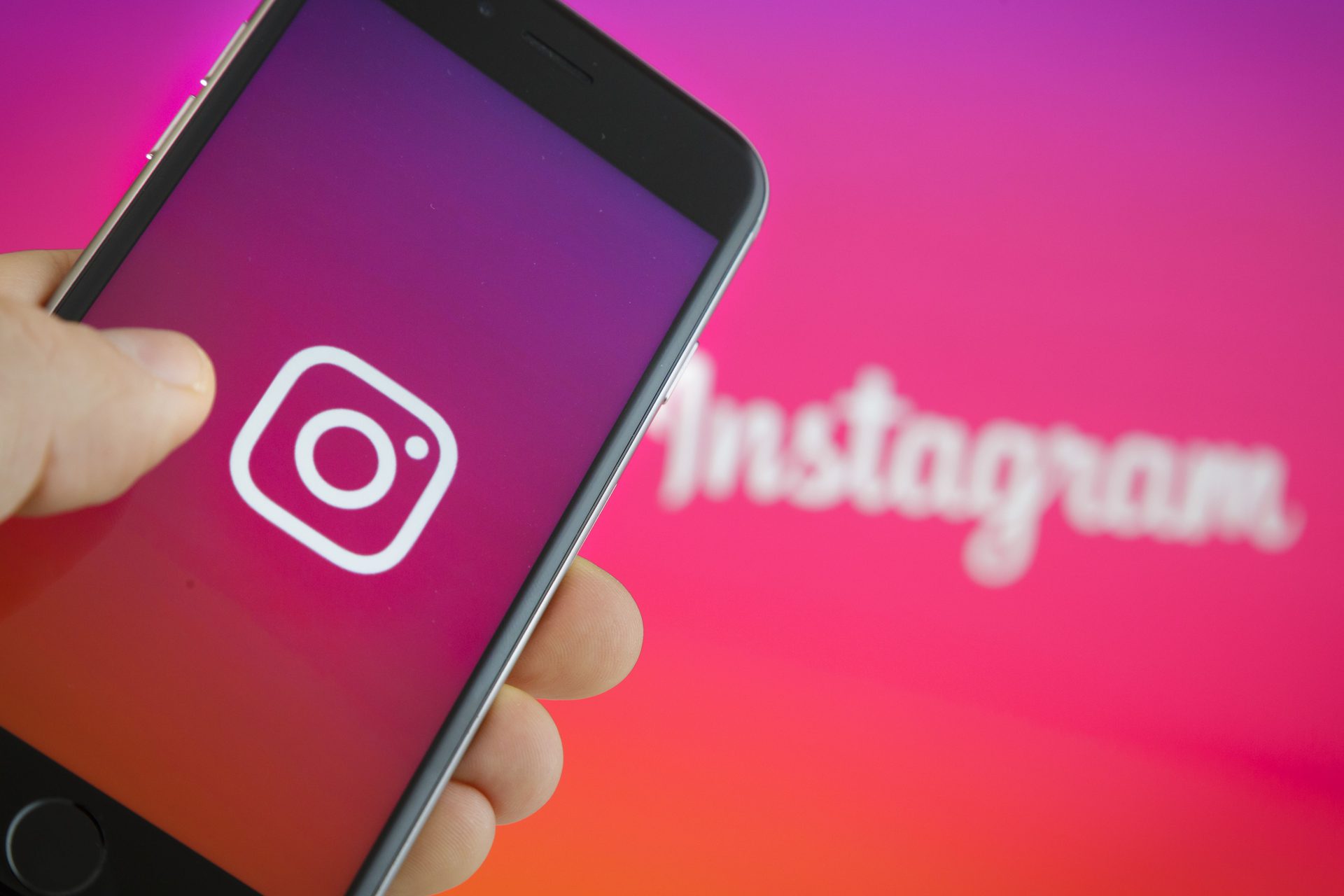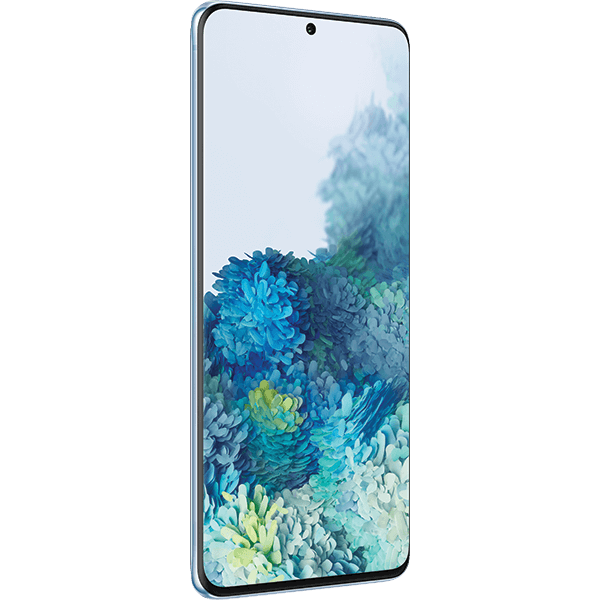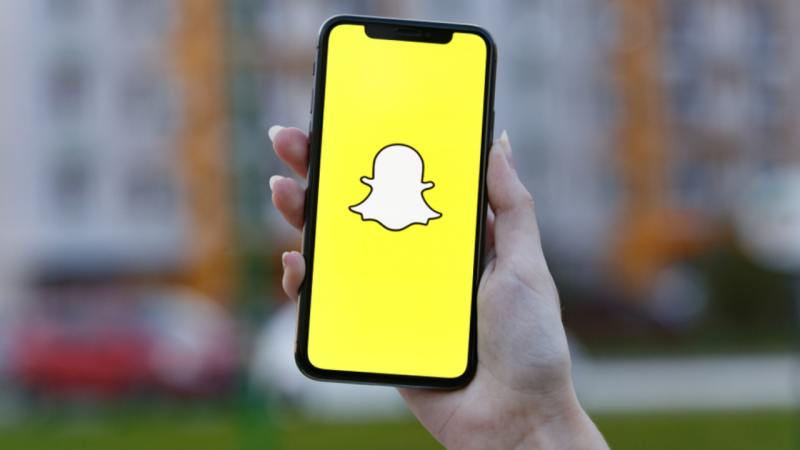
In today’s digital age, Near Field Communication (NFC) technology plays a significant role in connecting and sharing information between electronic devices. However, not all smartphones come equipped with built-in NFC capabilities. If you find yourself in this situation and wish to harness the power of NFC, don’t worry! In this comprehensive guide, we will walk you through the process of installing NFC on non-NFC phones. By following a few simple steps, you can unlock a world of possibilities and enjoy the benefits of NFC technology.
NFC: What is it and How Does it Work?
Before diving into the installation process, it’s essential to understand what NFC is and how it works. NFC, short for Near Field Communication, is a set of standards that enable communication between two electronic devices when they are in close proximity to each other. This technology utilizes radio waves to transmit data between the devices, allowing for seamless information sharing, contactless payments, and more.
NFC operates within a short-range, typically up to four inches, making it ideal for secure and convenient interactions. One device acts as the “reader,” emitting a radio signal, while the other device, known as the “tag,” receives the signal and responds with its stored data. This wireless communication is fast, reliable, and does not require any physical connections.
How to Use NFC on Non-NFC Smartphones
If your phone doesn’t have built-in NFC capabilities, there are still ways to utilize NFC technology. By installing specific apps, you can enable NFC-like functionality on your non-NFC phone. Here’s a step-by-step guide on how to use NFC on non-NFC smartphones:
Step 1: Download an NFC-Enabling App
Start by downloading an NFC-enabling app from your device’s app store. One popular app is Trigger, available for free on the Google Play Store. Install the app on your phone to proceed.
Step 2: Enable NFC Functionality
Open the NFC-enabling app you just installed and tap the “Enable” button within the app. This action allows the app to utilize your phone’s built-in RFID/NFC hardware, if available. Enabling NFC functionality is crucial to using NFC tags effectively.
Step 3: Start Using NFC Tags
Once NFC is enabled, you can begin using NFC tags with your non-NFC phone. NFC tags are small, programmable devices that contain data and can trigger specific actions when tapped by an NFC-enabled phone. Hold your phone up to an NFC tag, and the app you installed, such as Trigger, will launch the associated action. For example, you can program a tag to open your favorite music app or turn on Bluetooth when tapped.
Another method to install NFC on non-NFC phones is by using NDEF (NFC Data Exchange Format) tags. NDEF tags are programmable NFC tags that can store various types of data. By configuring these tags, you can create custom interactions with your non-NFC phone. Here’s how to install an NDEF tag on your phone:
Step 1: Acquire an NDEF Tag
Purchase an NDEF tag compatible with your phone. These tags are readily available online and in tech stores. Choose the type of tag that suits your requirements and ensure it is compatible with your phone’s NFC specifications.
Step 2: Install an NDEF Writing App
Install an NDEF writing app from your device’s app store. Popular options include “NFC TagWriter by NXP” for Android devices and “NFC Tools” for both Android and iOS devices. These apps allow you to write data onto the NDEF tag.
Step 3: Configure the NDEF Tag
Open the NDEF writing app and follow the provided instructions to configure the NDEF tag. You can assign various actions or data to the tag, such as launching specific apps, sharing contact information, or even automating tasks.
Step 4: Tap and Interact
Once you’ve configured the NDEF tag, hold your non-NFC phone close to the tag. The NFC functionality, enabled by the NDEF tag, will trigger the associated action or display the stored data on your phone. This method allows you to experience NFC-like interactions even on non-NFC devices.
NFC vs. Bluetooth
While NFC and Bluetooth are both wireless communication technologies, they have some key differences. Understanding these differences can help you choose the right method for your specific needs. Here’s a comparison between NFC and Bluetooth:
| NFC | Bluetooth |
|---|---|
| Short-range communication, up to four inches | Longer-range communication, typically up to 30 feet |
| Does not require pairing | Requires pairing between devices |
| Lower data transfer rates, around 106-424 Kbps | Higher data transfer rates, suitable for audio and video streaming |
| Ideal for quick data transfer and contactless payments | Suitable for connecting devices and wireless peripherals |
| Consumes less power | Consumes more power, impacting battery life |
Consider these factors when deciding between NFC and Bluetooth for your wireless communication needs. NFC is ideal for short-range interactions, while Bluetooth offers a longer-range connection.
Conclusion
In conclusion, even if your phone doesn’t come with built-in NFC capabilities, you can still enjoy the benefits of NFC technology. By installing NFC-enabling apps or utilizing NDEF tags, you can unlock a world of possibilities. NFC allows for seamless information sharing, contactless payments, and automated tasks, making your smartphone experience more convenient and efficient.
Whether you want to share contact information, trigger specific actions, or simplify your daily routines, installing NFC on your non-NFC phone opens up new opportunities. Embrace the power of NFC and enhance your smartphone’s functionality to the fullest.
Remember to download an NFC-enabling app, enable NFC functionality, and start using NFC tags to experience the wonders of this wireless technology. With a few simple steps, you can transform your non-NFC phone into a powerful NFC-enabled device.
So don’t let the absence of built-in NFC capabilities limit your smartphone’s potential. Install NFC on your non-NFC phone today and unlock a world of convenience and possibilities.
Additional Information:
- NFC-enabling apps like Trigger and NFC Task Launcher can provide NFC-like functionality on non-NFC phones.
- NDEF tags are programmable NFC tags that allow custom interactions on non-NFC phones.
- NFC offers contactless, quick data transfer with a single tap on the screen.
- Bluetooth, another wireless communication technology, has a longer range and higher data transfer rates compared to NFC.
- NFC and Bluetooth have different use cases and power consumption levels, so choose accordingly based on your needs.





